We may earn money or products from the companies mentioned in this post. This means if you click on the link and purchase the item, I will receive a small commission at no extra cost to you ... you're just helping re-supply our family's travel fund.

You think you know Arizona—blazing deserts, towering saguaros and maybe a dusty ghost town or two. Tuck away those preconceptions. Across this sun-soaked state, a dozen downtowns pulse with character that will catch you off guard. From mining camps reborn as artist havens to Wild West outposts where burros roam free, these spots blend history, personality and pure surprise. Ready to discover the Arizona that lives beyond the postcards? Here’s your guide to downtowns that prove the Grand Canyon State has stories worth sticking around for.
1. Jerome
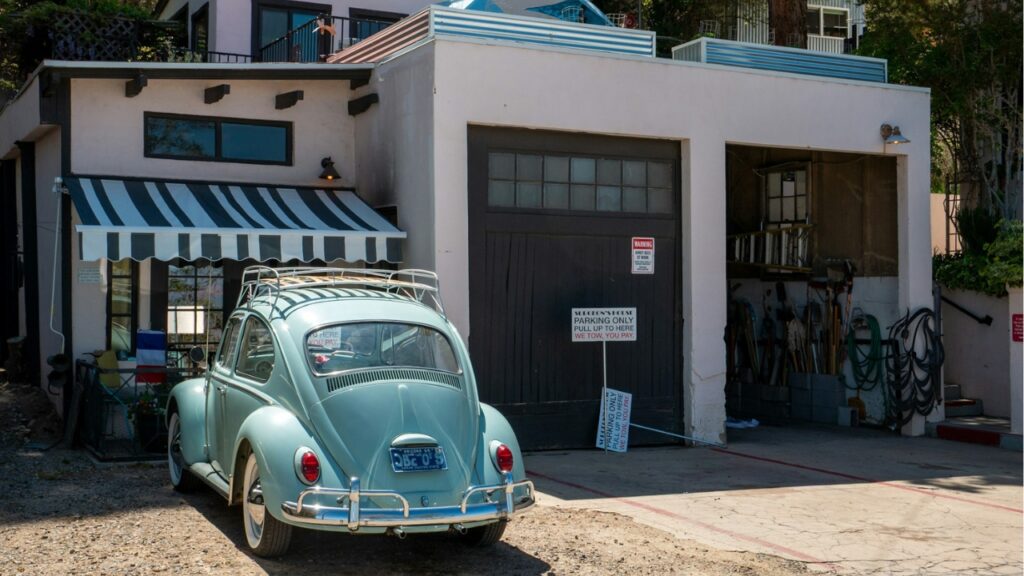
Clinging to the steep slopes of Cleopatra Hill, Jerome greets you with sweeping Verde Valley views and streets that twist like an old mining cart track. Once Arizona’s largest copper producer, this former ghost town now pulses with artists, galleries and legendary hauntings. The Jerome Artists Cooperative Gallery showcases more than 30 local creators inside the historic Hotel Jerome ruins. Between studio tours and ghost stories, every corner feels like a fresh discovery—Old West grit meets creative soul.
2. Bisbee

Tucked into the Mule Mountains near the Mexican border, Bisbee spreads across hillsides like a European village frozen in time. Its Victorian buildings wear colorful murals, and galleries spill from every historic storefront. Wander crooked alleys in Old Bisbee to find the Copper Queen Hotel—an elegant relic from the 1900s—and studios filled with work by artists drawn here for its genuine quirkiness. You’ll sense that this town’s revival unfolded organically, one creative spirit at a time.
3. Prescott
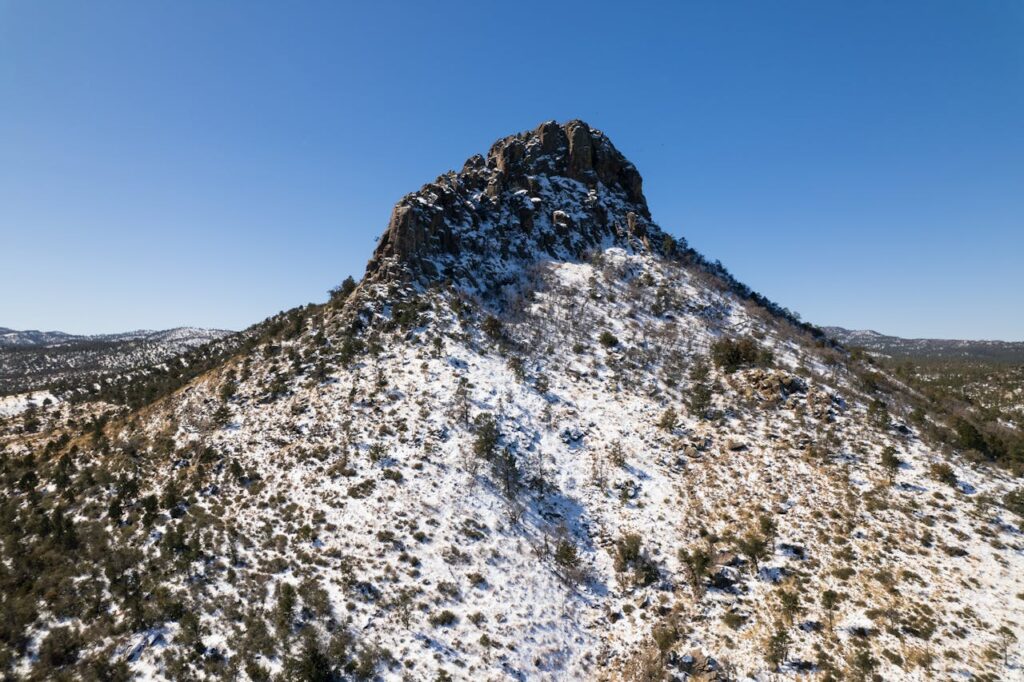
Courthouse Plaza sits at Prescott’s heart, shaded by towering elms and bordered by Victorian storefronts and the granite Yavapai County Courthouse. Whiskey Row still hums, but today’s crowds come for craft beer, live music and historic saloons rebuilt with a wink to frontier lore rather than shootouts. Between gallery openings, artisan markets and impromptu street performances, Prescott wears its past lightly, inviting you to step into a vibrant town square with small-town warmth.
4. Tubac
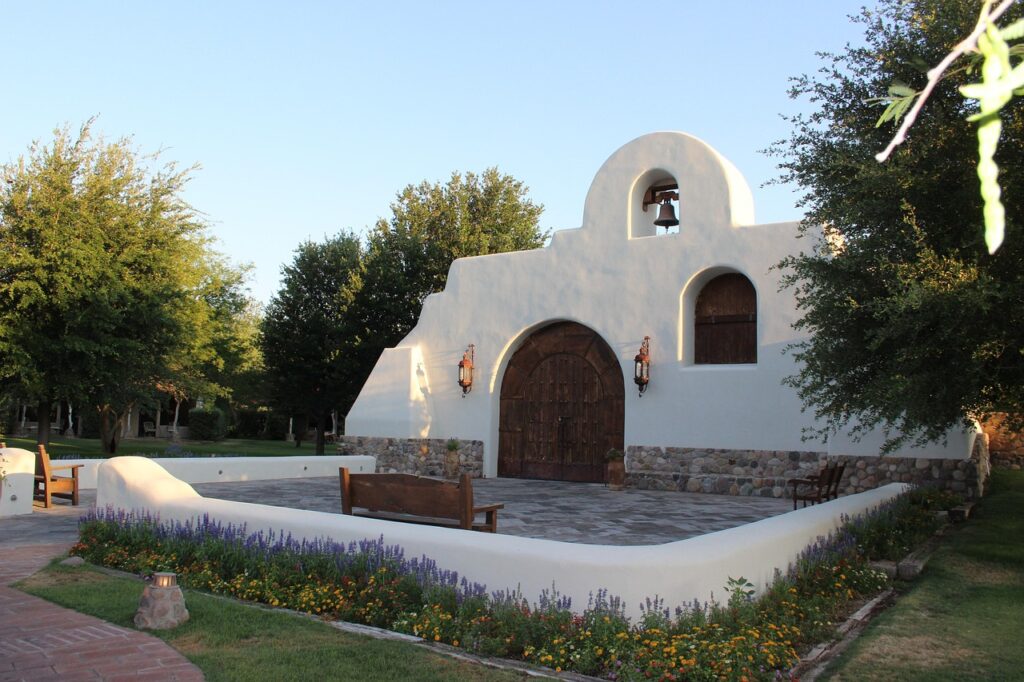
In the Santa Cruz River Valley, Tubac wears its history like well-loved pottery—beautiful, weathered and deeply cherished. As Arizona’s oldest European settlement, it balances 1750s Spanish presidio ruins with more than 100 contemporary galleries. You can wander the Tubac Presidio State Historic Park where colonial foundations lie beneath glass, then move on to studios where clay and metal bloom into modern art. Here, history and creativity flow together as naturally as the nearby creek.
5. Wickenburg
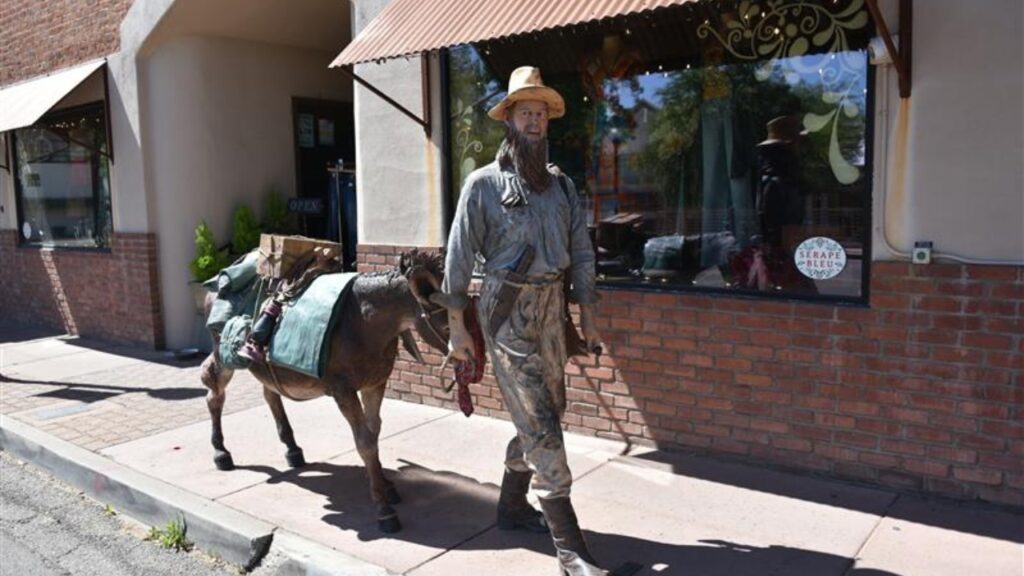
Main Street in Wickenburg feels like stepping onto a Western movie set, complete with bronze sculptures of cowboys, sundry storefronts and the historic jail tree—a two-century-old mesquite that once held prisoners. Founded after a gold discovery in 1863, this town celebrates its dude ranch heritage while embracing modern touches: artisan cafes, galleries and boutique shops selling cowboy boots beside contemporary art. Every statue and storefront whispers frontier tales.
6. Flagstaff

Historic downtown Flagstaff buzzes with the energy of college students, outdoor adventurers and Route 66 travelers converging beneath Victorian-era facades. The 1926 Tudor Revival train station now serves as the visitor center, ushering guests into a walkable district where craft breweries occupy restored storefronts and galleries showcase local talent. In Heritage Square, summer movies under the stars draw families and friends for a laid-back evening that feels as timeless as the pines overhead.
7. Cottonwood
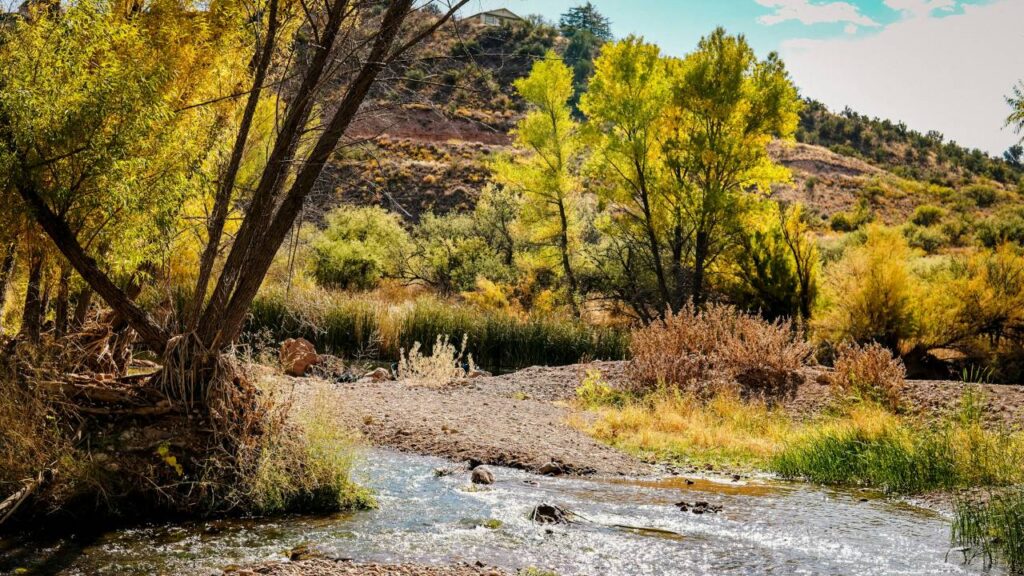
Old Town Cottonwood’s Main Street stretches through Verde Valley history, from early commercial buildings to modern wine tasting rooms. Named for cottonwood trees along the Verde River, this “Biggest Little Town” preserved its 1890 Mary Willard House while reinventing itself as Arizona wine country’s heart. Over 60 businesses fill the historic district, mixing antique shops, art galleries and farm-to-table eateries. Here, you can sip local vintages beneath historic eaves.
8. Williams
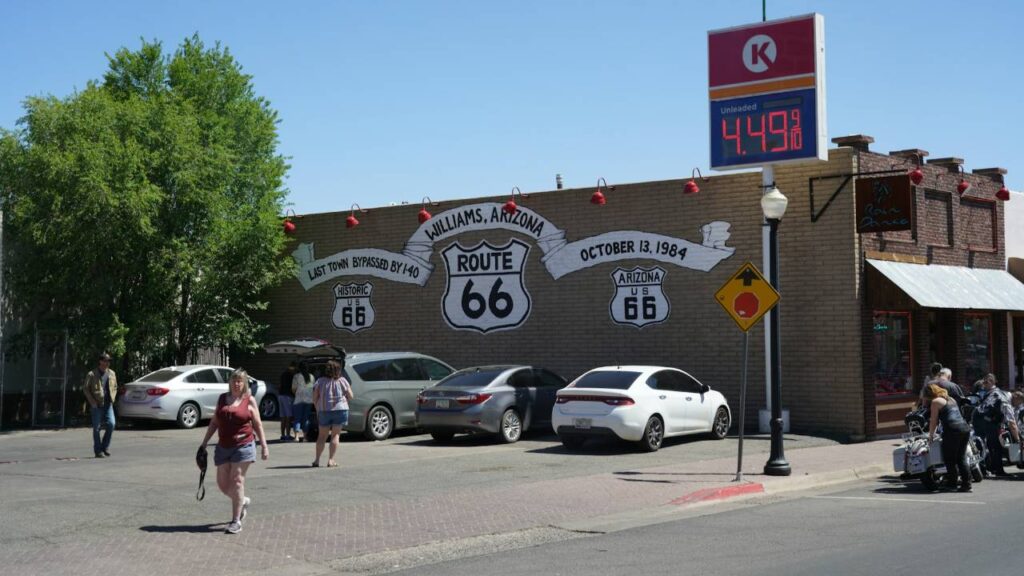
Route 66 cuts right through Williams’ historic business district, turning its Main Street into a living museum of neon signs, vintage gas pumps and retro diners. Known as the Gateway to the Grand Canyon, Williams was bypassed in 1984 when Interstate 40 arrived—a twist that spared its 1920s charm. Today you’ll catch nightly Wild West shootouts, grab coffee in a restored gas station and hunt for souveniers in century-old buildings that still welcome travelers with open doors.
9. Cave Creek
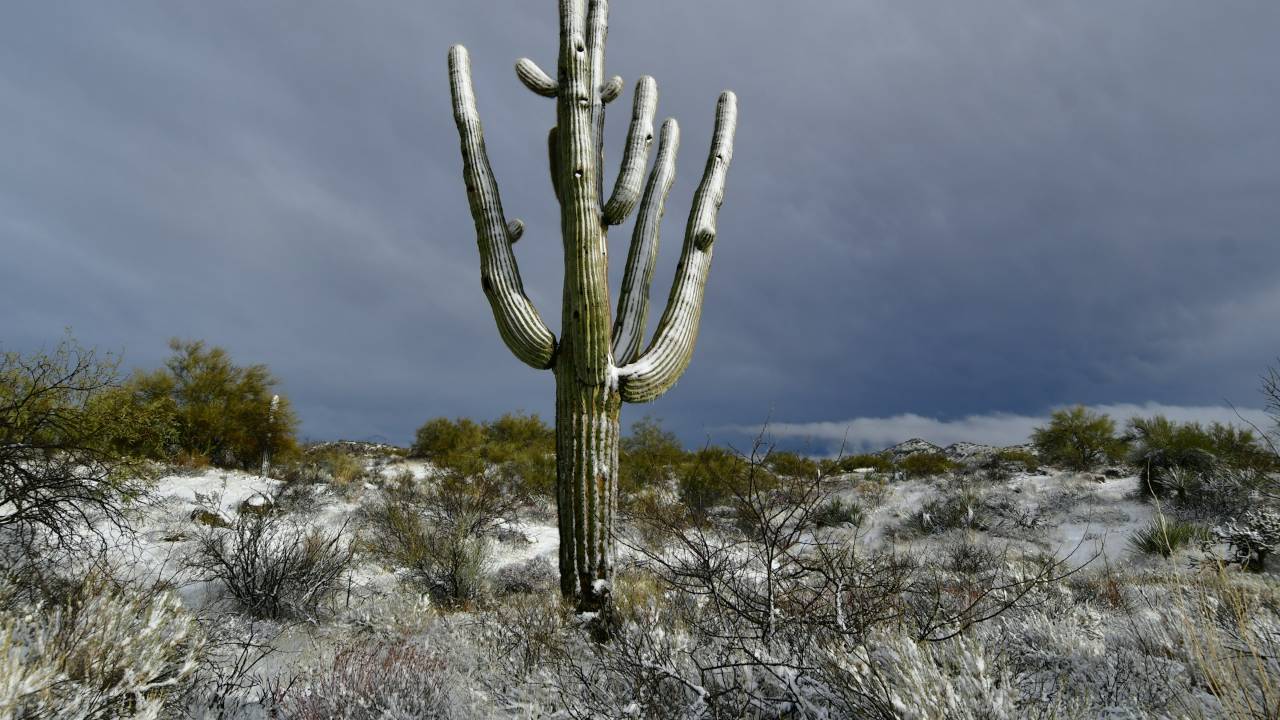
Desert foothills frame Cave Creek’s downtown, where Old West atmosphere blends seamlessly with modern suburbia. Wooden sidewalks guide you past authentic saloons like Harold’s Corral and Buffalo Chip, where live music and professional bull riding sharing the same stage. Frontier Town recreates a historic main street complete with period storefronts. Here, cactus silhouettes against a fiery sunset collaborate with neon signs to remind you that the Wild West still lives.
10. Payson
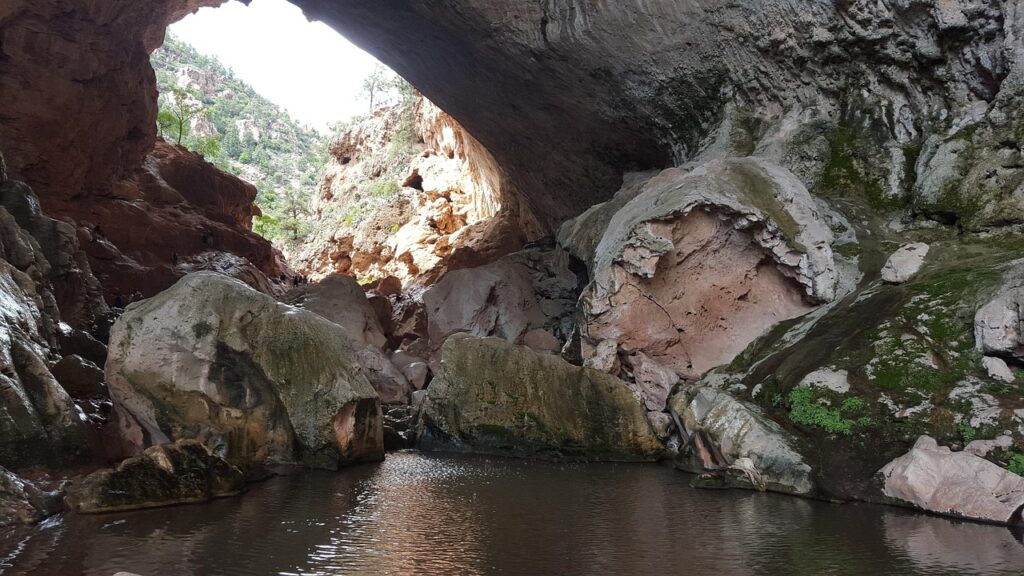
Perched at 5,000 feet on the Mogollon Rim, Payson’s Main Street cools you with tree-lined blocks and hometown warmth. Dubbed the Heart of Arizona for its central spot, downtown features antique shops, cozy cafes, and the cabin where Zane Grey penned his Western classics. Dust kicks up each June for the World’s Oldest Continuous Rodeo, a rodeo that’s been thundering since 1884. Payson feels like the perfect blend of ranching lore and friendly community.
11. Patagonia
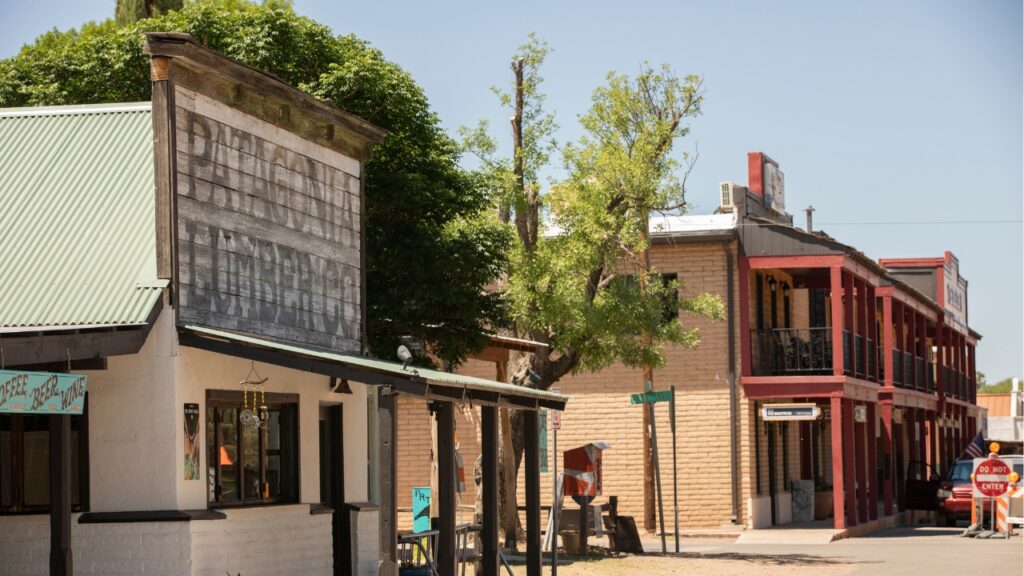
Nestled between the Santa Rita and Patagonia Mountains, this former mining town turned artists’ haven charms with galleries, cafes and birdwatching hotspots. McKeown Avenue hosts festivals where nearly 100 artisan booths pop up against mountain backdrops. At 4,050 feet elevation, Patagonia stays cooler than the desert floor, making strolling between boutiques and watching hummingbirds at the Paton Center pure joy. Unexpected? Absolutely.
12. Oatman
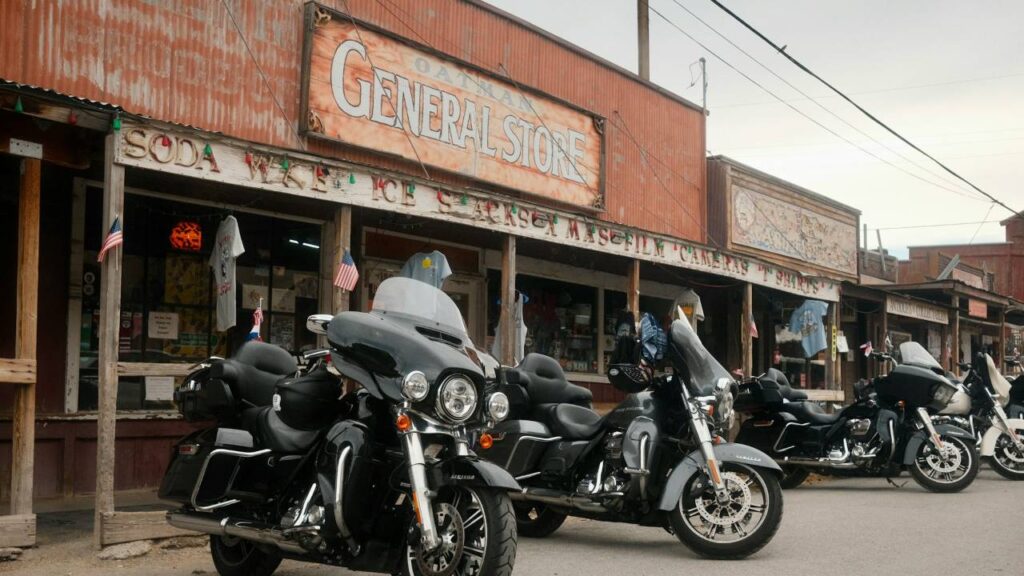
On historic Route 66, Oatman feels like a living time capsule. Wild burros—descendants of miners’ pack animals—wander Main Street freely, stopping for treats from visitors. False-front buildings house gift shops and the Oatman Hotel, where Clark Gable and Carole Lombard honeymooned after their 1939 wedding. Daily gunfight reenactments bring frontier myths to life. Oatman survived boom, bust and highway rerouting by leaning into its quirky charm—and it shows.
13. Glendale
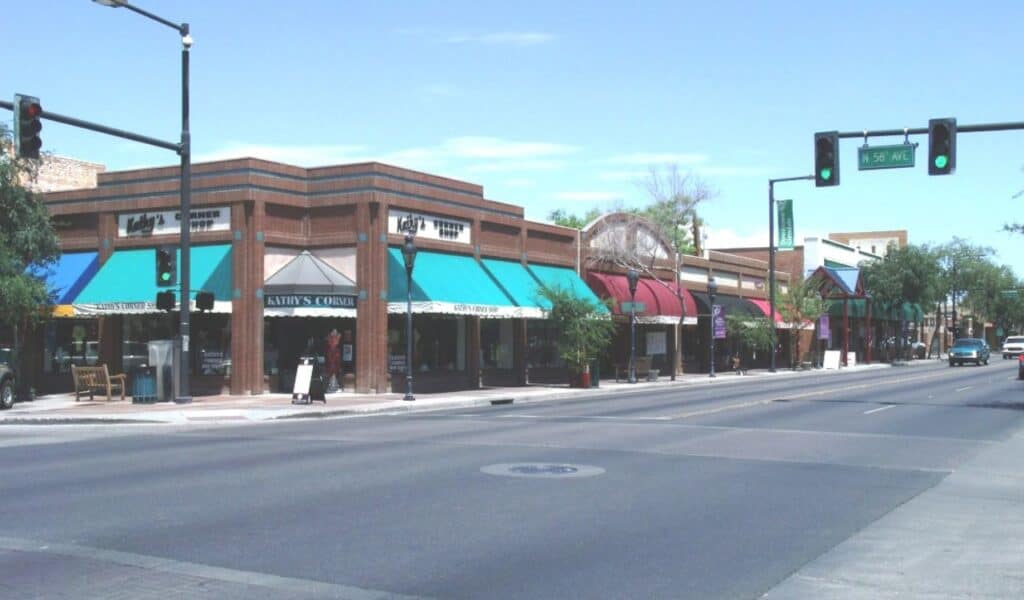
Historic downtown Glendale blends small-town comfort with a lively antique district that stretches across tree-lined blocks. Catlin Court’s cottage-style shops feel like stepping into a retro neighborhood where candy stores, handmade crafts and cozy cafes thrive. Just a few streets over, the Downtown district brings festivals, public art and vintage storefronts that carry decades of stories. It’s the kind of place where an easy stroll can turn into an afternoon of unexpected finds.